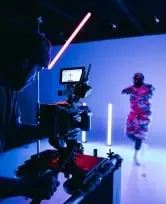.png)
.png)

The deceased victims are still in the process of being identified

The PM says he is going to propose stricter gun laws in the wake of the Bondi Beach terror attack

The pair were found deceased in their home on Sunday

It's the one thing you think you know about Stuart Little
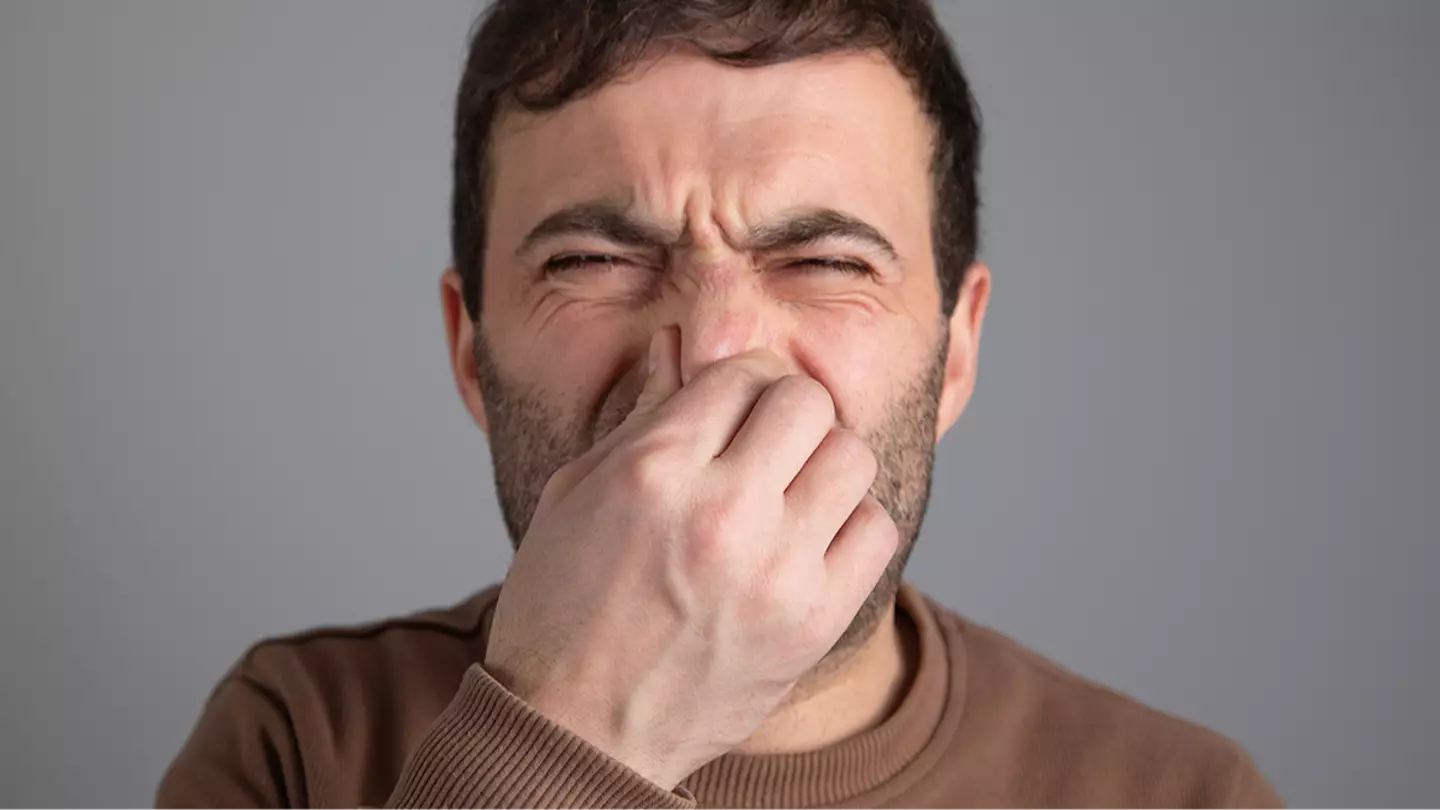
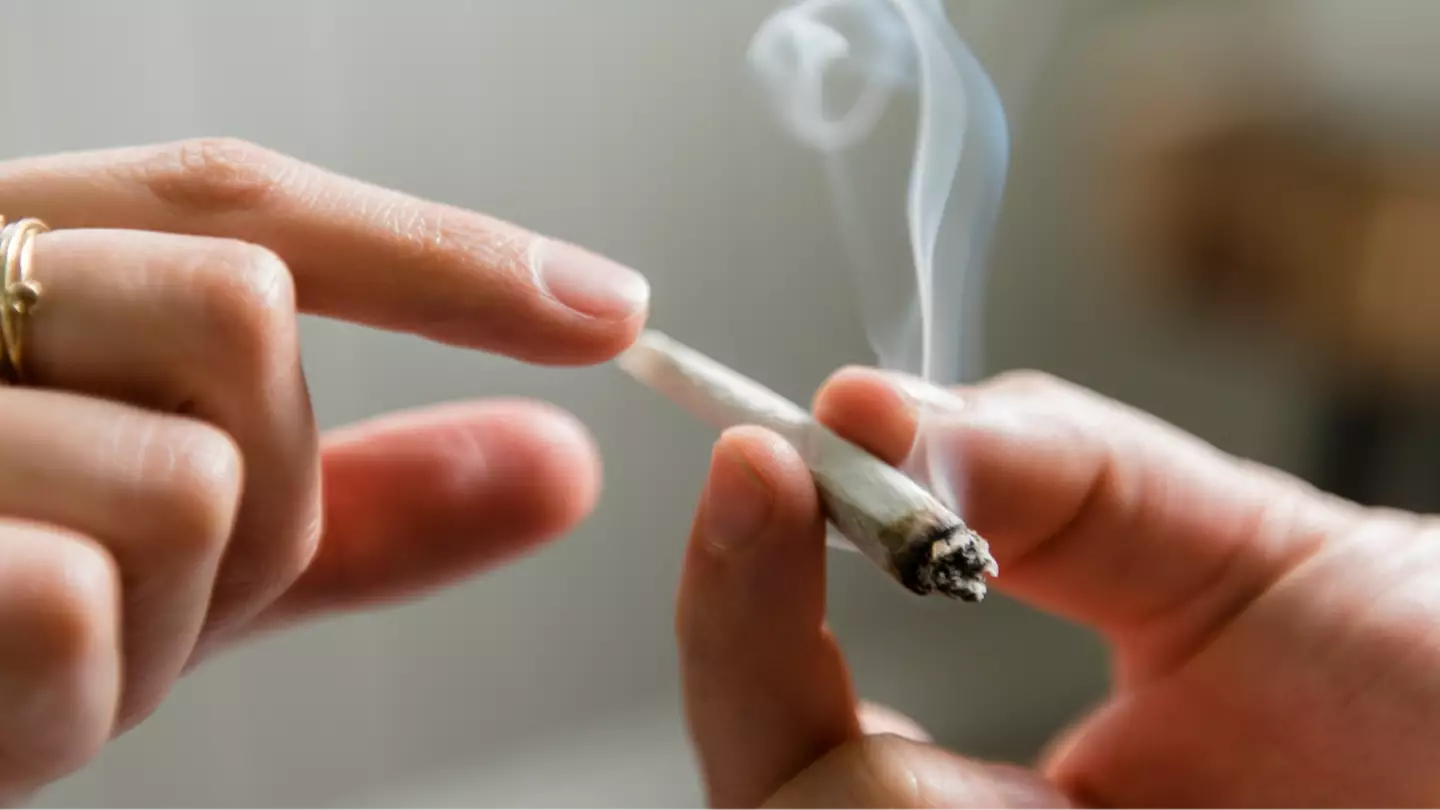
The bombshell report indicates there are several things to worry about when relying on medical marijuana

One man was able to successfully disarm one of the attackers, here's what we know

The Disney legend turned 100 on Saturday (December 13)

Two people have died as a result of the shooting

The boy who never grows up, well, he grew up

The man has been hailed a hero for his brave actions as the gunman opened fire

George and Amal Clooney agreed on the rule after a discussion
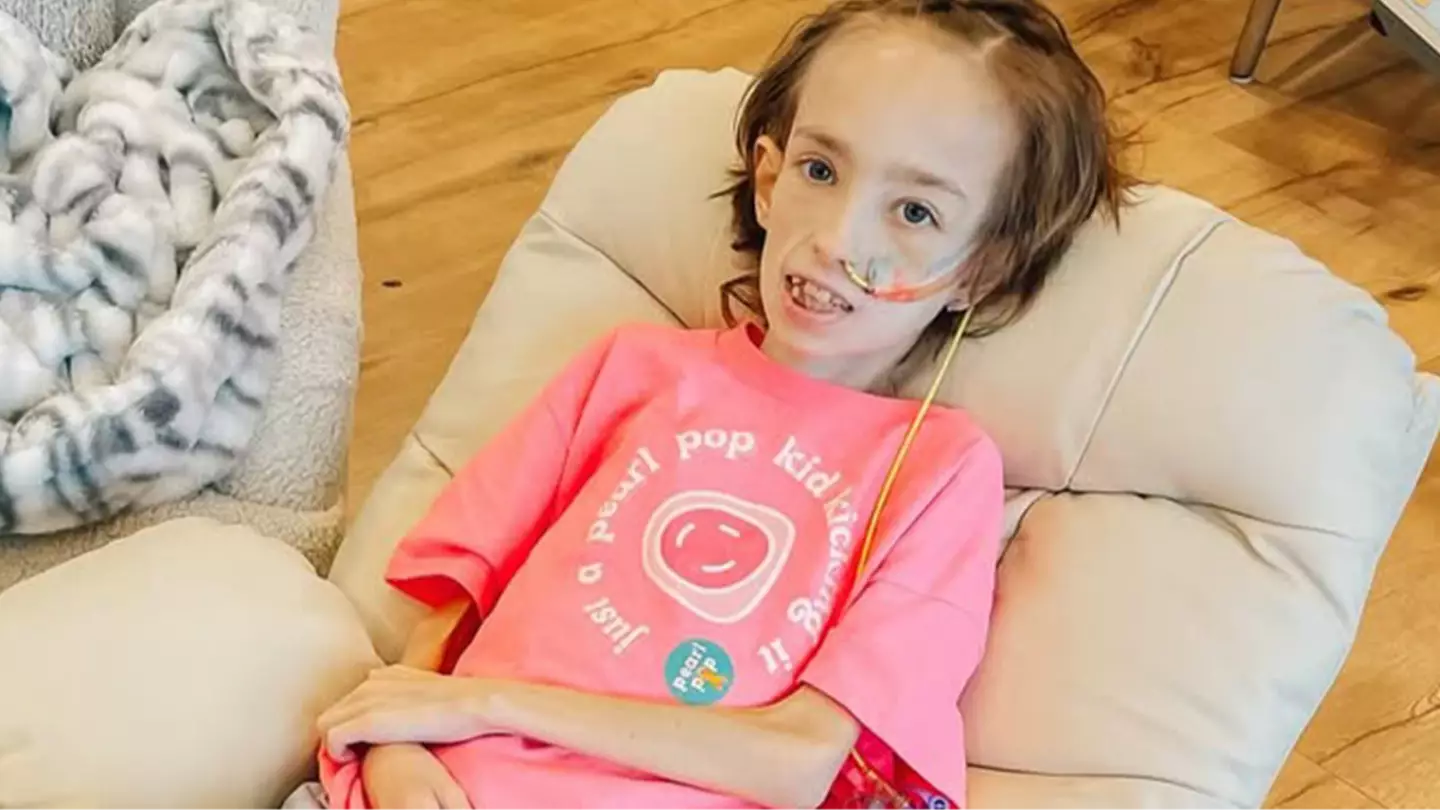
The influncer documented her journey living with cancer after being diagnosed in 2020

Members of the crew were left speechless following the kind gesture
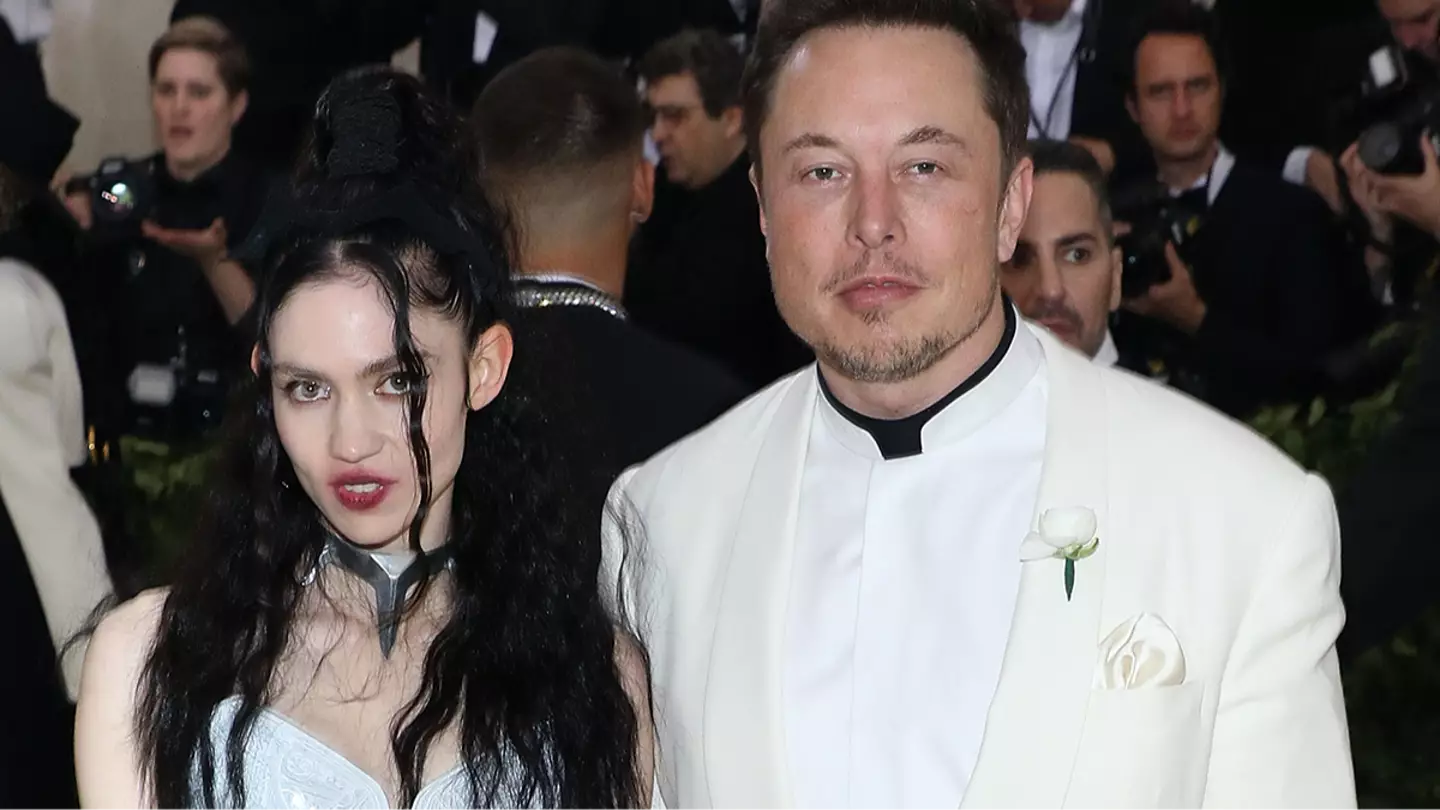
The former couple have had a tough time trying to navigate co-parenting their three children in the past few years

The adult star appeared in court on Friday
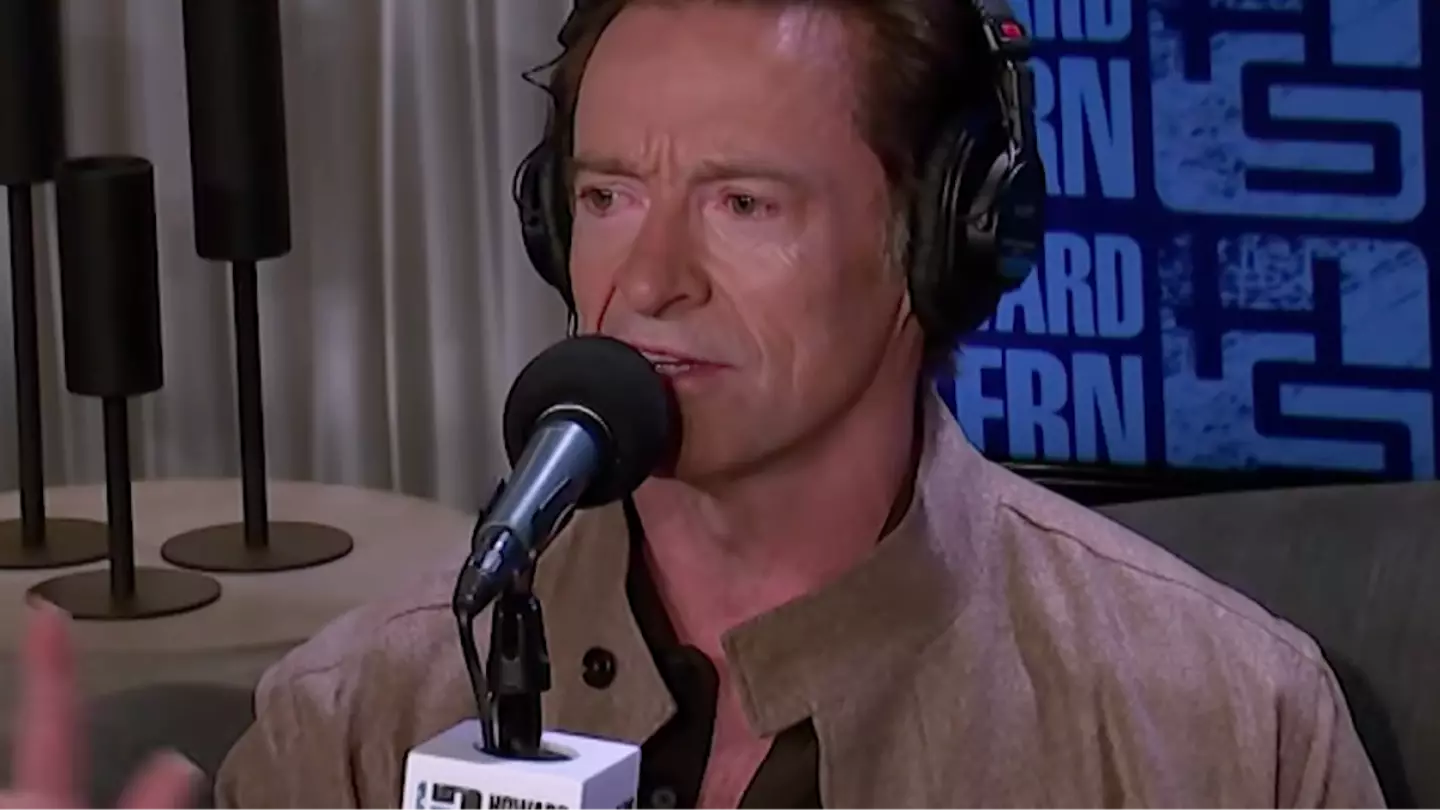
The star opened up about his health struggles over the years
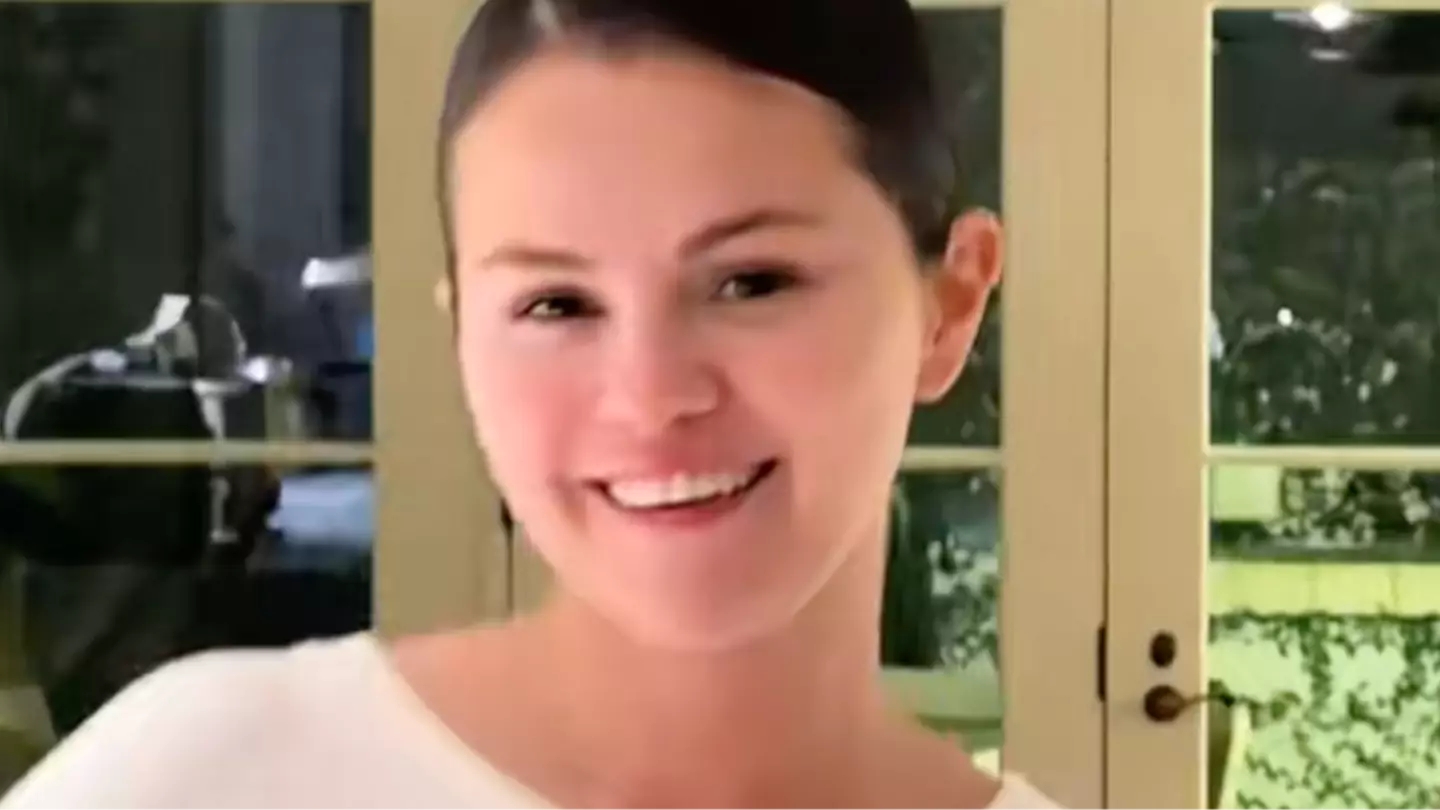
Newlyweds Selena Gomez and Benny Blanco are getting into the festive spirit

12 people including one suspected shooter have been confirmed dead in the shooting

Virginia Giuffre's family claim police issued the statement 'without explanation and without speaking to us'

Bruna Ferreira, whose son is the nephew of the White House press secretary, was detained by ICE in November

Two people have been killed in the shooting at an Ivy League school

Once you spot it, you can't unsee it

